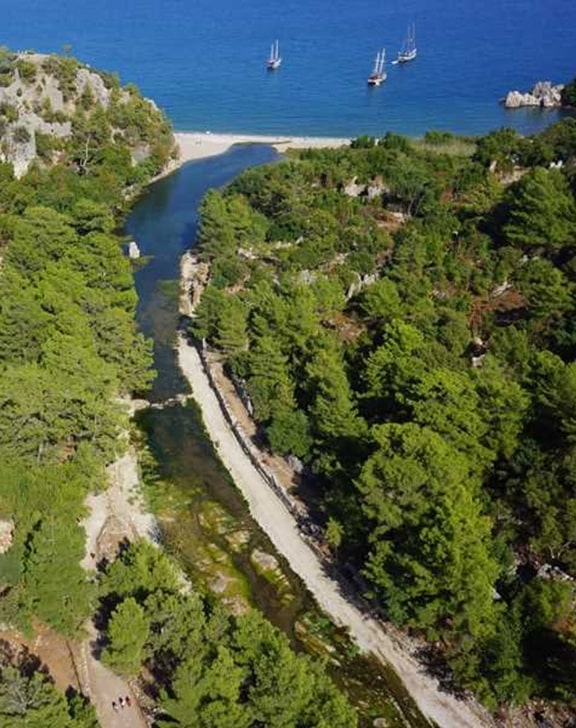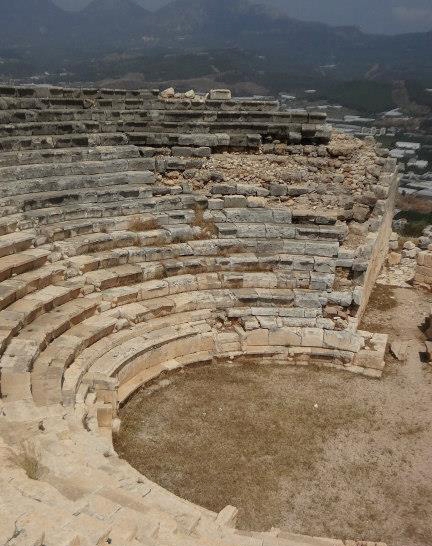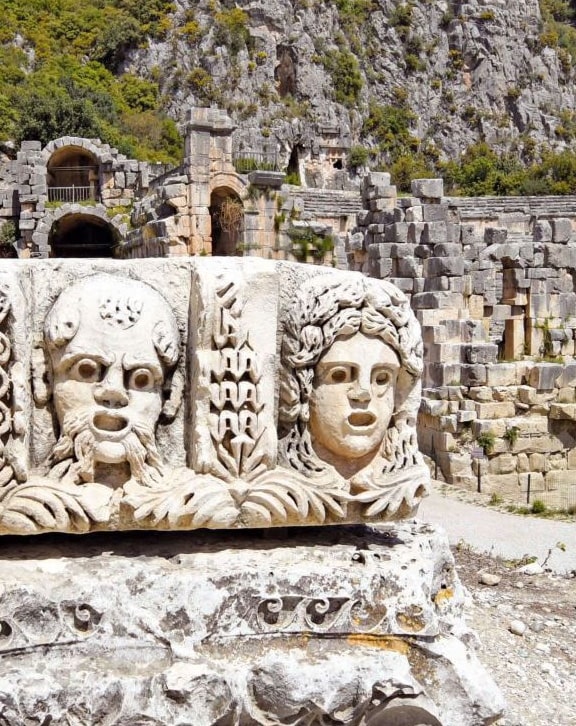
Places to Visit Rhodiapolis
A historical ancient city that sheds light on the past: Rhodiapolis
A historical ancient city that sheds light on the past: Rhodiapolis!
It is one of the few Rhodian colonies in the region, like Gagai, Phaselis, Korydalla and Olympos, which are very close by. According to Theopompos, Rhodiapolis was named after Rhodos, daughter of Mopsos. The settlement, whose name we learn from Hekataios, developed after it was colonized by the Rhodians. All the cities in the region were members of the Lycian Union. The coins of Rhodiapolis and Gagai state that they are "Lycians".
Important ruins include the theater, baths, agora/stoa, sebasteion, temples, church, cisterns, kenotaph, necropolis and residences. The most striking feature of the city is the large number of buildings still standing, built of small stones with or without mortar. These are of various sizes and many of them are houses belonging to private individuals. There is a small Greek planned theater in the city center. Above the theater, a church with only its apse preserved stands out towards the west. The last public building on the eastern border of the settlement is a Roman bath. With its general planning, the bath has the characteristics of an Anatolian bath-gymnasion. The necropolis of Rhodiapolis is concentrated in the east, southeast and north of the city. The most interesting remains of the necropolis areas, most of which are sarcophagi from the Roman Age, are rock tombs with inscriptions in Lycian language.
It is one of the historical places that our guests staying at Şah Inn Paradise Holiday Village should see.
Fotoğraf Galerisi
Bizi Takip Edin
Bizi sosyal medya kanallarından takip edebilirsiniz












